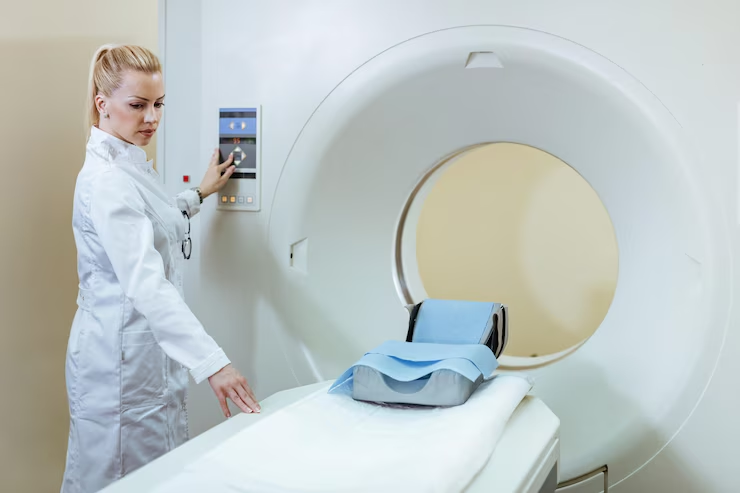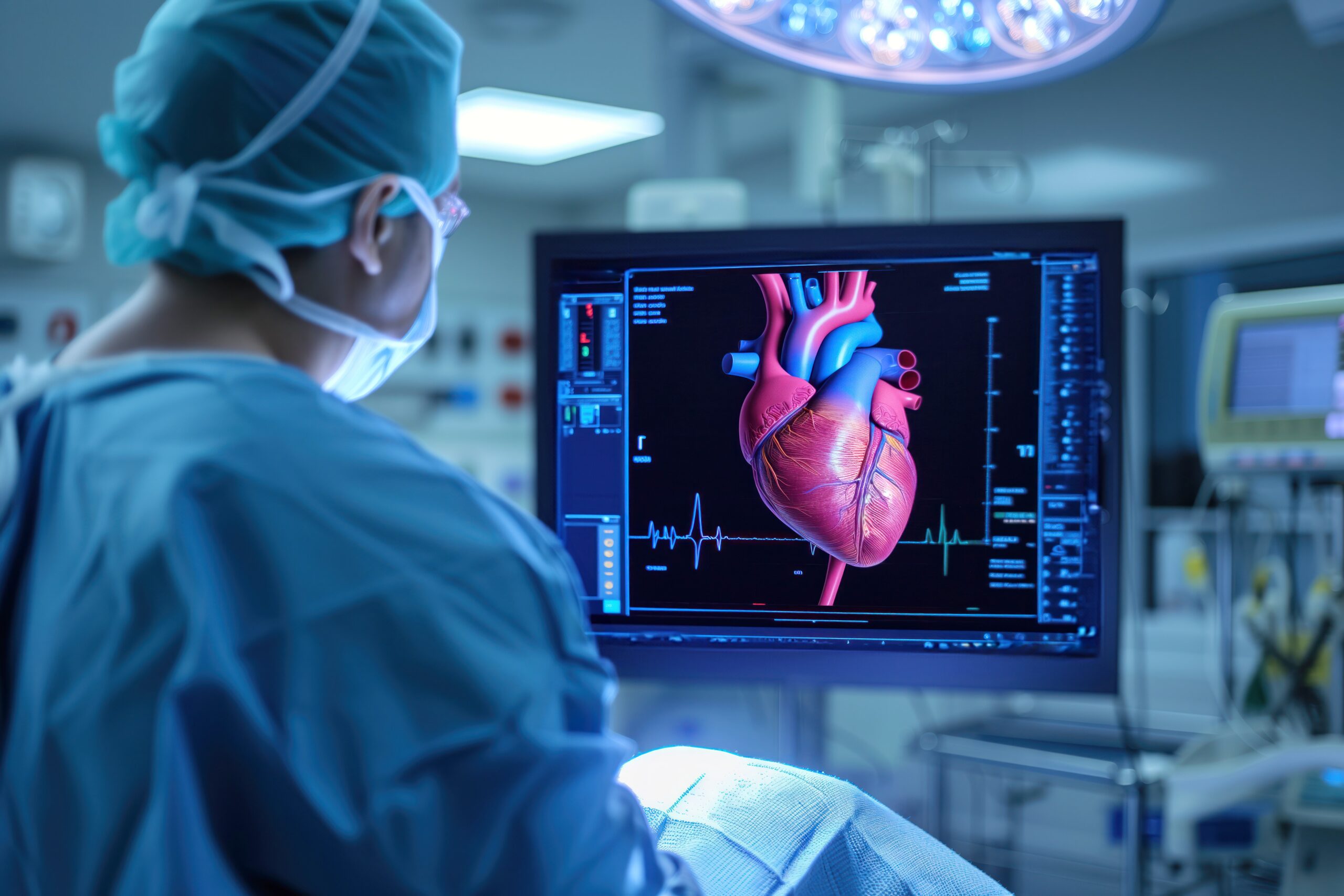Preventive imaging for peace of mind and early detection.
Annual Screenings Aren’t Just Blood Tests Anymore
Most people think of yearly checkups in terms of blood pressure, lab work, and maybe an X-ray—but as imaging technology advances, so does the power of preventive diagnostics. In fact, both MRI (Magnetic Resonance Imaging) and PET (Positron Emission Tomography) scans are becoming more widely used not just for treatment, but for proactive health screening.
But here’s the big question:
When is it appropriate to consider a PET scan or MRI as part of your annual health screening?
The answer depends on several factors—including your age, medical history, risk factors, and current symptoms (or lack thereof).
In this post, we’ll explore:
- The difference between PET and MRI
- What each scan can detect
- Who should consider annual or periodic imaging
- Risks and benefits of preventive scans
- How to speak with your doctor about advanced imaging
Let’s help you make an informed, personalized decision about one of the most important things you have: your long-term health.
PET vs. MRI: What’s the Difference?
First, it’s important to understand how these two imaging modalities differ—and when one might be preferred over the other.
MRI (Magnetic Resonance Imaging)
- Uses powerful magnets and radio waves (no radiation)
- Produces highly detailed images of soft tissues, joints, spine, and brain
- Ideal for detecting tumors, disc issues, organ abnormalities, and brain changes
- Often used when symptoms are present, but can also be used for preventive scans—especially for high-risk patients
PET (Positron Emission Tomography)
- Involves injection of a small amount of radioactive tracer
- Measures metabolic activity in tissues, rather than just structure
- Can detect cancer, neurological diseases, and heart problems at very early stages
- Often used in oncology, cardiology, and neurology for diagnosis and monitoring
- Increasingly being used for early cancer detection and brain health screening
What Can a Preventive MRI or PET Scan Detect?
A whole-body MRI can help screen for:
- Brain or spinal tumors
- Aneurysms or vascular malformations
- Liver, kidney, or pancreatic abnormalities
- Uterine or ovarian conditions in women
- Prostate issues in men
- Musculoskeletal issues or inflammation
- Early-stage cancers
A PET scan can help detect:
- Metabolically active cancers (often before structural changes appear)
- Alzheimer’s disease or other dementias
- Epilepsy and neurological abnormalities
- Heart disease and poor blood flow to the heart
- Tumor recurrence in previously treated cancer patients
Important note: These scans are not meant to replace annual physicals or basic screenings—but they can add an extra layer of security, especially if you’re in a high-risk group.
When Should You Consider Adding PET or MRI to Your Annual Checkup?
1. You Have a Strong Family History of Cancer or Neurological Disease
If several close relatives have had breast, colon, brain, pancreatic, or prostate cancer, or conditions like Alzheimer’s or Parkinson’s, you may carry a genetic predisposition—even if you feel fine today.
A brain MRI or PET scan can look for early signs of structural or metabolic changes
A whole-body MRI or oncologic PET scan can serve as a baseline for future comparison
2. You’re Over Age 50 and Want a Baseline Health Scan
The risk of many conditions—including cancer, cardiovascular disease, and neurodegeneration—increases after 50. That’s why some physicians recommend baseline MRI or PET scans at this age, even in healthy individuals, particularly if:
- You’ve had prior health concerns that need follow-up
- You want early detection for peace of mind
- You’re preparing for retirement and prioritizing long-term wellness
3. You’ve Had Cancer in the Past
Survivors often ask: “How do I make sure it’s really gone?”
MRI and PET are vital tools for cancer surveillance. Even if your regular follow-up care is complete, a once-a-year scan may help detect recurrence before symptoms arise.
PET scans are excellent at identifying metabolic activity suggestive of tumor regrowth
MRI helps detect residual or new structural abnormalities—without radiation exposure
4. You Have Chronic Unexplained Symptoms
Symptoms like:
- Fatigue
- Chronic pain
- Cognitive fog
- Weight loss
- Abdominal discomfort
…may be difficult to explain with labs alone. An MRI or PET can often reveal the root cause—such as an undiagnosed mass, inflammation, or early organ dysfunction.
While these are not routine screenings, they’re worth considering annually or biannually if your symptoms persist or evolve over time.
5. You’re in a High-Performance or High-Stress Profession
Executives, athletes, pilots, and military professionals often choose periodic advanced scans as part of personal health management. These scans can detect issues before they interfere with performance, including:
- Brain lesions or atrophy
- Cardiovascular stress markers
- Musculoskeletal damage
- Tumor activity
Think of it as preventive maintenance for your most important asset: your body and mind.
Are Preventive PET or MRI Scans Right for Everyone?
Not necessarily.
Things to consider:
- Cost: These scans are not always covered by insurance unless medically indicated
- Incidental findings: Imaging may detect unrelated anomalies that aren’t harmful but may cause anxiety or lead to unnecessary tests
- Radiation exposure (PET only): While low, it’s not ideal for frequent, unnecessary use
Talk to your doctor first. They’ll assess your risk level and help decide if a scan makes sense based on your age, health, and history.
How Often Should You Get These Scans?
Here’s a general guide:
| Patient Type | Recommended Frequency |
| High-risk family history | Every 1–2 years or as advised |
| Cancer survivor | Every 6–12 months initially, then annually (if stable) |
| Healthy adult over 50 | Every 2–3 years or at physician’s discretion |
| High-performance/precision role | Annually or biannually |
| Chronic unexplained symptoms | As needed (may repeat annually if symptoms persist) |
Why Patients Trust PET CT and MRI of Miami for Preventive Imaging
At PET CT and MRI of Miami, we’ve made it easier, faster, and more comfortable to include advanced imaging in your preventive care strategy.
We offer:
- Whole-body MRI and brain PET scans
- Rapid scheduling and same-day availability
- Expert radiologists with preventive imaging expertise
- A patient-centered environment with support throughout your scan
- Clear reports and seamless communication with your doctor
We believe in early answers—not just early detection.
Ready to Take Control of Your Health with Proactive Imaging?
If you’re ready to explore how MRI or PET scans can become part of your personal wellness plan, we’re here to guide you.
📍 PET CT and MRI of Miami
📞 Call (305) 229-2020
🌐 Schedule at petctofmiami.com
Because health isn’t just about fixing what’s wrong. It’s about staying ahead of it.




